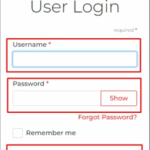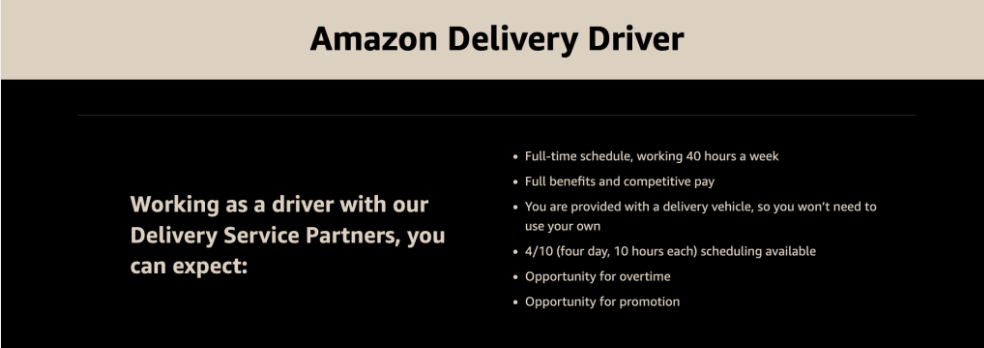
Some online stores always seem to price their products just right. Not too cheap to affect profits, nor too expensive to scare customers away. Is it their guesswork, or do they have some strategy up their sleeve? They are using ecommerce pricing intelligence.
If you want to increase sales and beat your competitors, go for pricing intelligence, as it works wonders! It will help you –
- Make smarter pricing decisions using real-time data
- Track competitors
- Monitor customer insights
Get the ultimate way to use ecommerce pricing intelligence for better sales!
Step 1: Identify Your Competitors and Key Products
Before setting prices, know who you’re competing against. Ecommerce pricing intelligence starts with competitor identification.
- Who are your direct competitors?
- Which platforms do they sell on?
- What products overlap with yours?
After your list is made, you can prioritize on
- The products that matter most
- Your best sellers
- High-margin items
- Items that influence customer decisions
Such focus makes your pricing strategy target the areas with the most potential impact.
Step 2: Collect the Right Data
You can’t make good pricing decisions without data.
Use ecommerce pricing intelligence tools to gather:
- Competitor prices (across platforms)
- Historical sales data
- Customer purchase trends
- Stock availability and shipping info
Accuracy matters. Make sure your data is reliable and updated in real time. Many pricing intelligence platforms provide automated scraping and clean dashboards for easier monitoring.
Step 3: Use the Right Pricing Intelligence Tools
There are plenty of tools that make ecommerce pricing intelligence easier. Top tools do allow you to:
- Track competitor prices 24/7
- Set automated rules for pricing
- Get alerts for major pricing changes
- Monitor multiple SKUs across marketplaces
You must select the tool that fits your needs. A tool that tracks or one that gives full automation features.
Step 4: Implement Dynamic Pricing
Static pricing is outdated. With ecommerce pricing intelligence, you can move to dynamic pricing, where prices shift based on the following:
- Real-time demand
- Seasonality
- Inventory levels
- Competitor moves
Think about raising prices slightly during holidays with rising demand. And lowering them during off-peak times to uplift volume. Such plans work well and help you to be active without unnecessarily undercutting any prices.
Step 5: Study Customer Behavior
Pricing is not just about competition but also about your customers. Ecommerce pricing intelligence tools help you understand:
- What price points convert best
- How do customers react to price changes
- When are they more likely to buy (on weekends, payday, etc)
Such data helps you to personalize offers or discounts. You can adjust prices with respect to your customers’ actual buying patterns.
Step 6: Focus on Profitability, Not Just Sales
Sales are 100% important. But there are times when you are selling more and not earning up to the mark. You can use ecommerce pricing intelligence to find your optimal price point. It will be the one that balances sales volume and profit margin.
Example:
| Product | Price | Units Sold | Revenue | Profit Margin |
| Wireless Mouse | $15 | 200 | $3,000 | 10% |
| Wireless Mouse | $18 | 160 | $2,880 | 25% |
So, when you sell slightly fewer units at a higher price, it has the potential to earn better profits overall.
Step 7: Automate Where You Can
Time is money. Let your tools handle repetitive pricing tasks. With ecommerce pricing intelligence, you can:
- Set rules like “always 5% cheaper than Competitor A”
- Get alerts when a product falls out of your target range
- Automatically update prices on your eCommerce store or marketplace
Step 8: Test, Monitor, and Adjust
You have to be very active in your pricing strategy. A/B testing helps you to see what works best:
- Does a $2 discount convert better than a 10% off promo?
- Does free shipping attract more customers at the same price?
So, when you are tracking your performance over time using your pricing intelligence dashboard, you will be able to monitor revenue, profit margin, and sales volume.
Step 9: Align Pricing With Other Teams
Pricing doesn’t work alone today. You must use ecommerce pricing intelligence insights across teams:
- Marketing can plan campaigns around high-margin items
- Sales can push competitive bundles or offers
- Customer Support can prepare for queries when price shifts occur
Open communication helps everyone to work towards the same goals.
Step 10: Plan to Scale
Once your pricing strategy works well, scale it:
- Add more SKUs to your pricing tool
- Enter new marketplaces with local pricing insights
- Test new pricing models (e.g., bundles or subscriptions)
Ecommerce pricing intelligence helps you scale with confidence. How? You use solid data rather than risky guesses.
Wrap Up
So, ecommerce pricing intelligence is no longer an unknown tale. It is no longer just about tagging a number on a product in the competitive online world. You have it to build a strategic decision that is backed by data, tools, and smart thinking.
Ecommerce pricing intelligence gives you –
- The power to track competitors
- Respond to demand changes
- Understand your customers
- Set prices that drive both sales and profit
Therefore, use the right tools, analyze the right data, and stay flexible. This way, you can stay one step ahead of your competitors.

Hy Vee Huddle: A Complete Informational Guide

The Connection Between Accounting Firms And Regulatory Compliance

Why Smart Startups Choose Custom AI Business Solutions Today

The Digital Lifeline: How Technology is Revolutionizing Addiction Recovery

From Clicks to Clients: Why Trust-First Local SEO Wins the Long Game

Calesshop: A Modern Approach to Online Shopping

From Startups To Enterprises: How Amazon Marketing Services Support Every Stage

Allintitle: What Time Does Amazon Start Delivering – Complete Delivery Schedule Explained








